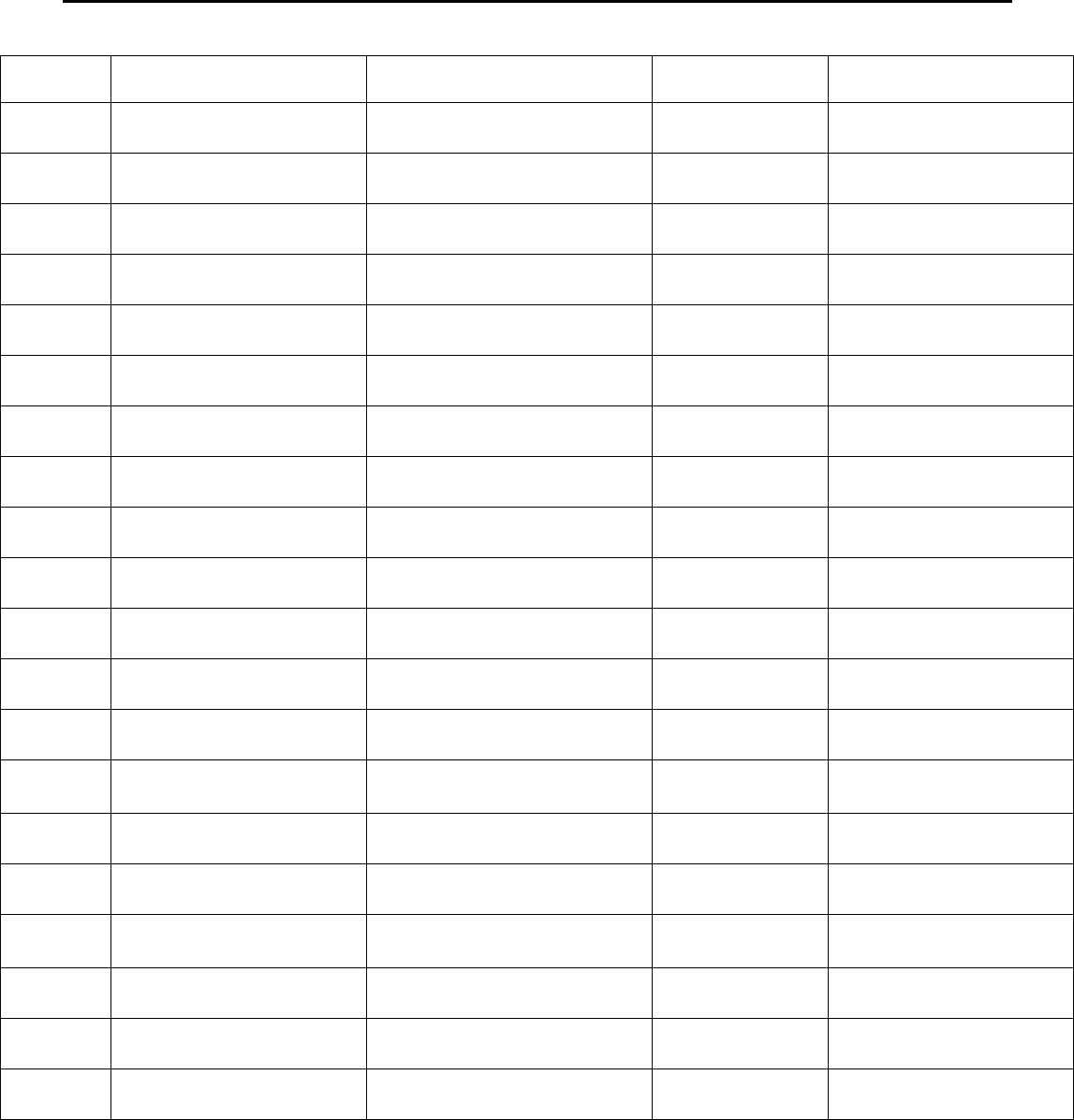
Copyright December 2019
Pennsylvania Health Law Project
1-800-274-3258 ▪ www.phlp.org
Medical Assistance for
Workers with Disabilities (MAWD)
A Guide to Eligibility
Overview
Medical Assistance for Workers with Disabilities (“MAWD”) is a state health insurance program for
individuals who are working despite chronic health problems. It is a good option for individuals who
make too much money to qualify for Medical Assistance (MA) otherwise, since it has a much higher
income limit than other MA programs. MAWD provides comprehensive health insurance coverage at
a low cost. This guide explains the MAWD eligibility requirements and tells you how to apply.
To qualify for MAWD, you must be:
• Under age 65;
• Disabled or have a chronic health problem; and
• Working, even a few hours a month;
You must also meet the financial criteria:
• Household income under 250% FPL; and
• Less than $10,000 in countable resources
How do I document my disability for MAWD?
If you receive SSDI, you automatically meet the disability standard for MAWD. In that case, just
include your SSDI award letter with your application to verify disability.
Even if you do not receive Social Security Disability Income (SSDI), you can still meet the disability
standard for MAWD if your doctor verifies your medical condition(s). Your doctor can do this by
writing a short letter explaining your medical condition(s) and their expected duration, or by
completing one or both of the following forms:

- 2 -
• Employability Assessment Form (PA 1663); or
• Health Sustaining Medication Assessment Form (PA 1671)
Because the disability standard is complicated, you should not try to predict whether your health
condition(s) will meet the standard. If you have a long-lasting or chronic health condition, e.g.
diabetes or a heart condition, and you meet the other requirements, you should apply for MAWD.
What is MAWD’s income limit?
When you apply for MAWD, you must report and verify your income and your spouse’s income. The
income limit to qualify depends on your household size:
Household Size 250% FPL in 2019 (a month)
1 $2,603
2 $3,523
For MAWD purposes, your household size will either be 1 (if you are not married), or 2 (if you are
married.) Children never count in the MAWD household size.
1
Not all your household income will count against the monthly limit. For any “unearned” income (e.g.
SSDI) the County Assistance Office, in reviewing your application, applies an unearned income
deduction
2
which means they do not count the first $20 of unearned income in a month. For any
earned income (i.e. from work), the CAO applies the earned income deductions
3
and:
does not count the first $65, and
does not count half of the remainder; and
deducts any impairment-related work expenses, or transportation costs.
If you have no unearned income, the CAO must apply the $20 deduction to your earned income. If
you have less than $20 in unearned income, the CAO must apply the $20 deduction to unearned
income first (leaving you with $0 unearned income), then they must apply the remainder of the $20
deduction to your earned income.
Example - MAWD Income Calculation: Brad receives $1,100 a month from SSDI
and makes $20 a month babysitting. His wife Angelina makes $2,065 (gross) a month
from work. Applying the earned income disregard, only $1,000 of Angelina’s income
counts ($2,065 - $65 = $2,000 ÷ 2 = $1,000) and none of Brad’s work income counts
1
See MA Handbook Chapter 360, Appendix A, MAWD Income & Resource Limits
2
See MA Handbook Chapter 360.31, Earned Income Deductions—SSI-Related.
3
See MA Handbook Chapter 360.32, Unearned Income Deductions—SSI-Related.

- 3 -
($20-$65=$0). $1,080 of Brad’s SSDI counts after applying the $20 unearned income
disregard ($1,100 - $ 20 = $1,080).
Combining Angelina’s $1,000 countable income and Brad’s $1,080 countable
unearned income, Brad has a total countable household income of
$2,080 for
purposes of MAWD. Since that is under the 2019 $3,523 monthly limit for a household
of 2, he is income eligible for MAWD.
Do I need to work a certain number of hours to qualify?
No. MAWD requires only that you work each month and get paid for the work. Being paid in cash is
fine, and there is no minimum hour requirement. Some examples of jobs that meet the MAWD work
requirement include:
babysitting/childcare;
helping a neighbor with yard work or housework; or
cleaning at your local church or community center.
4
You must submit proof of your job with your MAWD application. If you do not receive paystubs, get a
basic letter from the person you work for explaining the work you do, how many hours you work, and
how much they pay you. A sample employment verification letter is at the back of this manual.
What if I am self-employed?
You must provide proof of your self-employment using the MAWD Self-Employment Form
(PA 1762) or by submitting other records such as business plans, business records and
ledgers; customer lists; proof of taxes paid; and/or a log of hours worked or jobs performed. A
sample self-employment job log can be found at the end of this manual.
Can I work if I am getting SSDI?
Yes, you can work and still get SSDI. If you are on SSDI, you are required to report any earnings to the
Social Security Administration (SSA). There are limits on how much money you can make from
working and still qualify for SSDI. If you earn less than $1,220 a month, it should not impact your
SSDI. However, if you earn more than $1,220 a month, consult a lawyer who specializes in SSDI.
5
Does MAWD have a resource limit?
4
See MA Handbook Chapter 316.22, Examples of Job Situations
5
See MA Handbook Chapter 360, Appendix A, MAWD Income & Resource Limits; Substantial Gainful Activity (SGA)

- 4 -
Yes. MAWD has a resource limit of $10,000. “Resources” are things like money in a bank account,
cars, retirement accounts like 401ks and IRAs, and properties. Certain resources do not count
against the $10,000 limit, including your home, one vehicle, and personal items such as furniture and
clothing.
6
Do I need to pay a monthly premium for MAWD?
Yes. To receive MAWD coverage, you must pay a monthly premium amounting to 5% of your income.
This is based on your income only; here your spouse’s income will not count (even though it counts
for eligibility purposes). Further, in calculating the 5% premium, the CAO will apply the income
disregards discussed above (on page 2), then your premium will be 5% of that countable income.
Premium Calculation Example: Brad is on MAWD and receives $1,100 a month
SSDI. Angelina’s income does not count towards Brad’s premium calculation.
Brad’s MAWD premium is $54 a month ($1,100 - $20 = $1,080 x .05 = $54).
Each month you will receive a MAWD premium statement along with a prepaid return envelope. You
can return the premium payment by mail. Beginning in 2019, you can now also choose to pay your
MAWD premium online.
7
How Do I Apply for MAWD?
You must submit your application to your local County Assistance Office (CAO). Some counties have
multiple CAO locations; others have just one office. You can submit your MAWD application using any
of the following methods:
• Online: at www.COMPASS.state.pa.us;
• By phone: 1-866-550-4355;
• By mail: Submit a paper application (PA 600WD) to your local CAO; or
• In person: Visit your local CAO to apply.
8
Along with your MAWD application, you must submit supporting documents including photo ID,
proof of address, proof of income and resources, disability verification, and more. If the CAO needs
more documentation to complete your application, they must let you know.
6
See MA Handbook Chapter 340.82, Excluded Resources.
7
To pay your premium online, go to www.humanservices.state.pa.us/MAWDOnlinePayments.
8
To find the address for your local County Assistance Office (CAO), visit
https://www.dhs.pa.gov/Services/Assistance/Pages/CAO-Contact.aspx
.

- 5 -
When does MAWD coverage start?
On your MAWD application form, you’ll be asked to y choose the month you want your MAWD to
start—either the month of application, or the month after application. You will need to pay the
premium beginning the month MAWD starts.
If you have unpaid medical bills from the three months before you submit your application, you will
also be asked about this on the application. If you would like MAWD to be retroactive, you need to
show that you qualified for MAWD during those three months prior to application (i.e. you met all
eligibility rules including the work requirement). You will need to pay premiums for any prior
month(s) of MAWD coverage if you wish to have retroactive MAWD approved.
What happens after I apply?
Your local CAO should tell you in writing whether you qualify for MAWD within 30 days after you submit
your completed application. If you are denied, you have the right to file an appeal to challenge the
denial. The appeal is known as a “Fair Hearing”. Call PHLP’s Helpline for assistance if your MAWD
application is denied.
For More Information
Contact PHLP’s Toll Free Helpline at 1-800-274-3258 or e-mail us at staff@phlp.org.
DISCLAIMER: This publication is intended to provide general legal information, not legal advice.
Each person’s situation is different. If you have questions about how the law applies to your
situation, please consult a lawyer or call PHLP’s Helpline at 1-800-274-3258.

Work Verification Letter
______________________________
(Today’s Date)
______________________________
(Employer name)
______________________________
(Street address of employer)
_
___________________________________________
(City, state, zip code)
To Whom It May Concern:
This letter is to certify that I employ ____________________________________ to work for me
(Name of person applying for MAWD)
in the following capacity:_________________________________________________________
_____________________________________________________________________________.
(Type of work performed)
They work ______ hours per ___________, and I pay them $_________ per _____________.
(Week/Month) (hour/month/etc.)
If you have any questions, feel free to call me at _________________________.
(Phone number)
Sincerely,
____________________________________
(Signature of employer)
____________________________________
(Printed name of employer)

Self-Employment Job Log
Job date
Employer
Job Description
Hours worked
Amount paid
